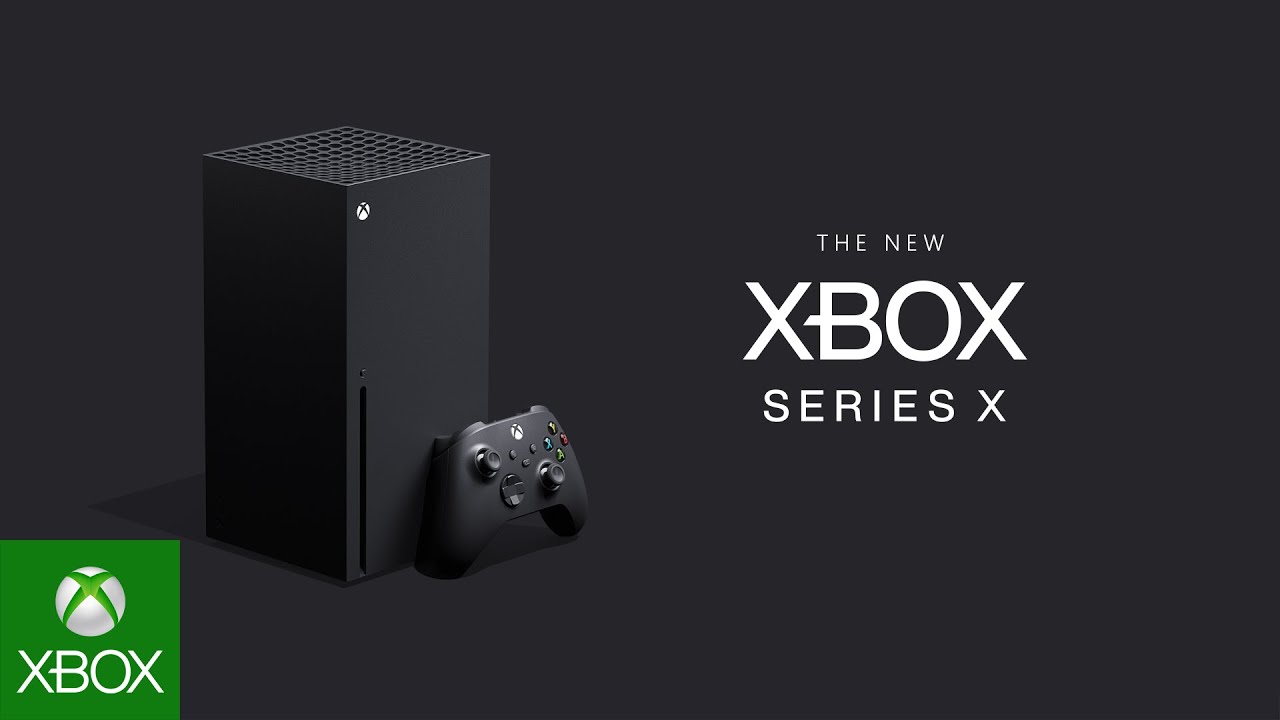Again, it's a $300 console, that should be able to run all the latest games, albeit upscaled from probably around 1080p or so in most titles. As I said in the other thread, most people won't be pixel-hunting, and many likely won't care much that the Series X renders at a higher resolution. There are still plenty of people with 1080p TVs after all, and at typical viewing distances, the upscaled output will likely look reasonably fine even on a 4K television.
As for the RAM, consoles can use it more efficiently since they don't need to shuffle data between VRAM and system memory, so it's probably not as much of a concern as you are assuming. Having guaranteed SSD storage also means data can be loaded quickly off the drive, so less needs to remain in RAM at any given time. Today's existing console and PC games need to assume that they will be loaded off a slow hard drive, so they must keep more data loaded into memory at any given time whether they are running off an SSD or not.
Ultimately, this version of the console is there for those who don't feel they can afford, or are just not willing to spend $500 on a console just to play the handful of games they might be interested in. This costs substantially less than an Xbox One X, and certainly isn't targeted at those who paid extra for that premium version of the last console. Microsoft is undoubtedly selling both versions of their console at a loss, at least at initially, and it probably wouldn't be practical to expect more hardware for $300.



